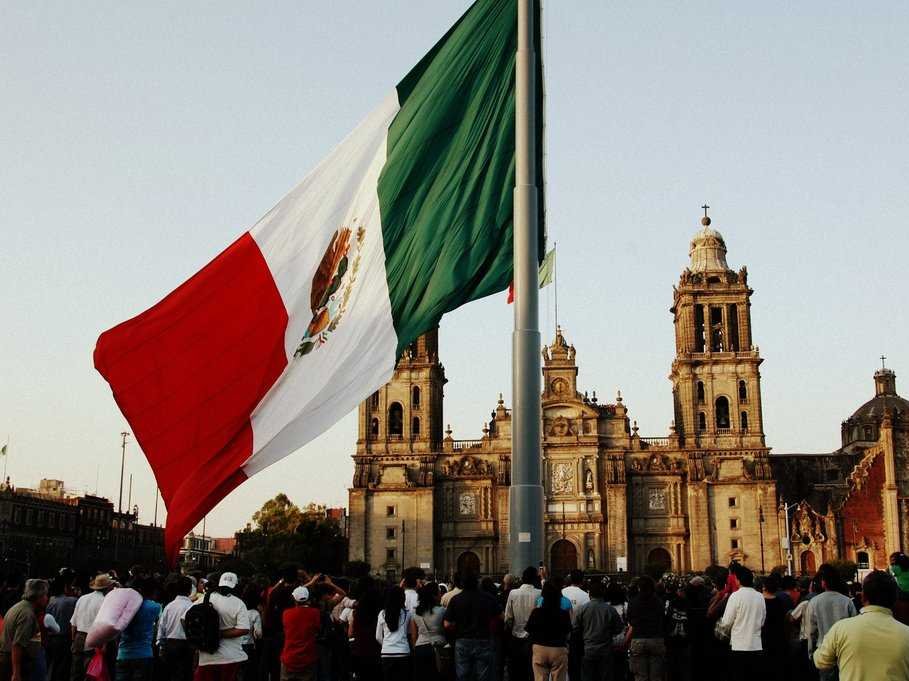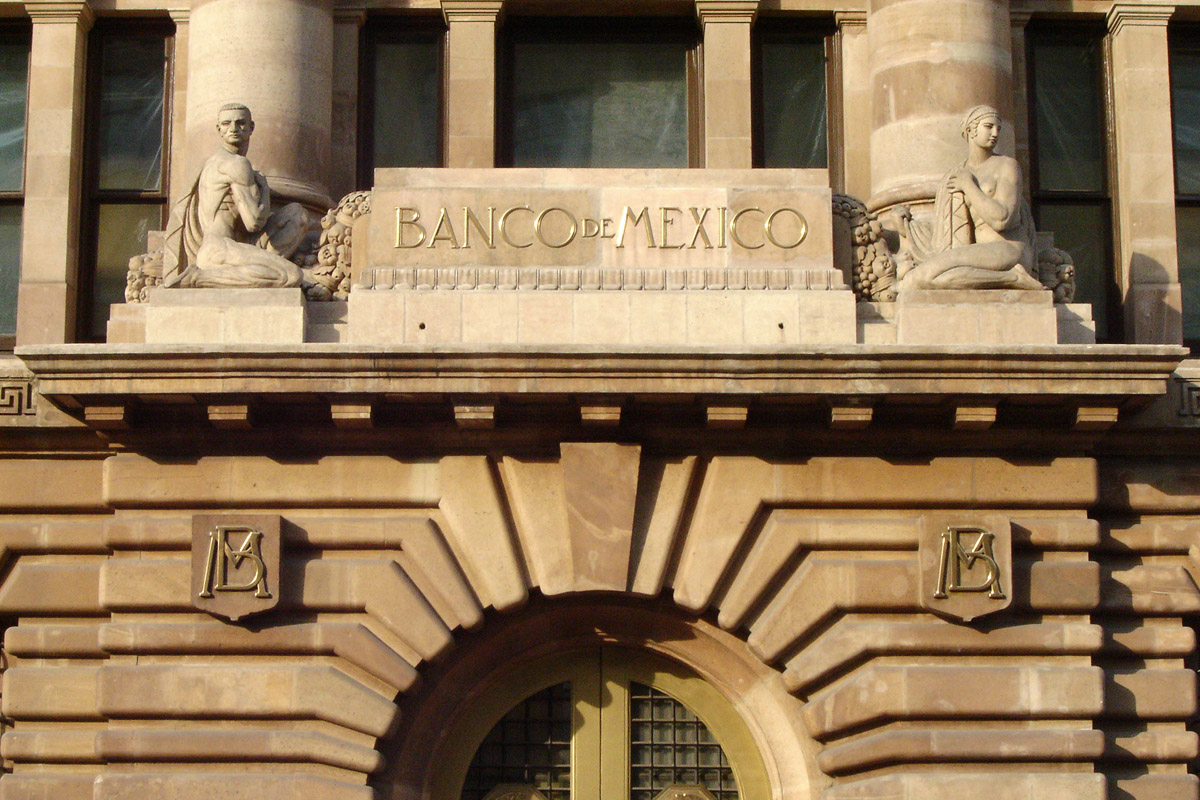 |
| Image Source: cnbc.com |
AUSTIN — Texas stands to profit the most in the United States from Mexico's energy reforms, and gains along the border will transform the region, an economist told state lawmakers Friday.
From 2015 to 2018, Texas will add 217,000 jobs from Mexico's opening of its energy sector to foreign and private investments, Nathaniel Karp of BBVA Compass Bank said to a Texas Senate subcommittee.
State revenues will increase by $3.4 billion, he added, and Texas' economy will grow by $45.4 billion.
However, a University of Texas at San Antonio researcher later said more information may be needed to bear out BBVA Compass' projections.
BBVA Compass' predictions assumes Mexico will purchase up to $10 billion a year in Texas energy-related goods and services and that the state's oil and gas companies' gains will have a ripple effect in housing, durable goods manufacturing, retail and recreation.
 |
| Image Source: clineshalecentral.com |
The projections also assume Mexico's economy will grow at least 0.8 percent from its energy reforms, and that there will be a smooth roll-out of the changes and adoption of new technologies.
“Faster economic growth at the border will narrow the socio-economic disparities between Texas' border cities and big metropolitan areas,” Karp said. “If these border towns effectively seize the opportunity, the Texas-Mexico border could see one of the (most) dramatic transformations in history.”
South Texas should garner sizable gains from Mexico's law change, initiated late last year.
“South Texas and the Mexican states of Tamaulipas, Nuevo León, and Coahuila have a combined (gross domestic product) of more than $300 billion,” he said. “If the energy reform adds an extra 1 percent to real GDP growth, the region would generate $60 billion in additional economic activity during the next 10 years.”
Others witnesses took a more conservative approach to gauging the potential impact of Mexico opening oil and gas exploration to foreign companies.
“I was impressed that (BBVA Compass) was willing to go out on a limb like that,” said Thomas Tunstall, research director at UTSA's Institute for Economic Development, who also testified to the Texas Senate Natural Resources Subcommittee hearing at the Capitol.
“We are more cautious about the speed for this to proceed. I think it will be more incremental than that, perhaps over 10 years,” Tunstall said of the 2015-18 projections.
“There's a lot of uncertainties,” he added. “Forecasting is a treacherous business. I'm not saying they are wrong. We just don't have enough information. The earliest we will see private companies active in Mexico will be in the middle of 2015.”
The UTSA institute has teamed up with the National Autonomous University of Nuevo León for a report on Mexico's energy potential. The report will be issued in nine to 12 months, Tunstall said, and will include its own economic projections.
 |
| Image Source: res.dallasnews.com |
The report also will explore the legal aspects of Mexico's energy reforms and provide a roadmap for Texas energy companies doing business south of the border, he said.
Other speakers Friday outlined the steps Mexico plans to open its energy sector to foreign participation for the first time since 1938.
Mexico's state oil monopoly, Petróleos Mexicanos, or PEMEX, will continue to dominate conventional drilling and shallow-water fields, said José María Lujambio, an Austin-based lawyer for the San Antonio law firm of Cacheaux, Cavazos & Newton LLP.
Incoming foreign investments will dominate shale oil and gas drilling as well as deep-water offshore activities, Lujambio said.
PEMEX currently operates all the gasoline and diesel stations in Mexico, but different brands can start operating in Mexico by 2016. By 2018, prices will be determined by the market instead of the government and its use of subsidies, Lujambio said.
Private companies can start propane sales in competition with PEMEX in 2016, he added.
Additional opportunities exist for companies foreign to Mexico to build pipelines and power transmission lines, he said.
For more on President Enrique Peña Nieto’s activities, initiatives, and projects, visit the Mexican presidential website.













